Retail Centers—Adapt or Die
By Jay Maddox, Principal, Avison Young: A perfect storm of factors is causing massive disruption in the retail industry, including the $50 billion wall of maturing CMBS loans.
By Jay Maddox, Principal, Avison Young
 Retail real estate has been buffeted by a perfect storm of factors combining to cause massive disruption and displacement. In this battle, there will be more losers than winners. While most A-rated malls will thrive, real estate research firm Green Street Advisors estimates that lower-performing Class C malls, which number approximately 400 nationwide, will face the greatest challenges, and as many as 200 could close.
Retail real estate has been buffeted by a perfect storm of factors combining to cause massive disruption and displacement. In this battle, there will be more losers than winners. While most A-rated malls will thrive, real estate research firm Green Street Advisors estimates that lower-performing Class C malls, which number approximately 400 nationwide, will face the greatest challenges, and as many as 200 could close.
The A-rated shopping centers are well located in densely populated medium- to high-income trade areas, and most are owned and operated by well-capitalized industry giants, such as Westfield and Macerich, that invest in upgrades in order to create vibrant lifestyle experiences, which in turn attract the latest and greatest tenants and keep customers coming back for more. These centers are the winners, generating significant profits and strong tenant demand and rents.
However, for every winner there are many losers, and not just in the mall sector. Major chains such as Macy’s, Walmart, American Eagle, Kmart/Sears, Office Depot, JCPenney and Mervyn’s have either closed many stores or shut down entirely. The grocery store sector has also been hard hit, with the closings of many Albertsons stores, as well as the shutdown of Fresh & Easy and Haggen, among others. Anchor tenant store closings often have a ripple effect, due to co-tenancy lease provisions, which allow smaller shop tenants to get out of their leases if the anchor tenant vacates and is not replaced. This phenomenon can result in a “zombie mall” that experiences a downward spiral from which it is very difficult to recover.
Another major contributor to this disruption is e-commerce, which is often causing brick-and-mortar stores to become showrooms for online purchases. Growth in online retail sales has far outstripped that of traditional retail sales, increasing from practically zero in 2000 to approximately 14 percent of all retail sales last year, after adjusting for non-Web purchases such as gasoline, automobiles and restaurant meals.
Compounding the difficulty is the $50 billion wall of maturing CMBS loans on retail properties that come due from 2016 through 2018 and comprise aggressively underwritten loans originated in 2006 and 2007. According to CMBS research firm Trepp, this asset class has the greatest amount of distressed loans in special servicing. Many of these properties cannot support refinancing at the current outstanding loan amount, therefore requiring additional capital just to refinance. In some cases the owners may choose to hand over the keys instead of trying to save the property from foreclosure.
On top of all of the above challenges, overall, weaker malls generally lack capital for repositioning. Oftentimes their facilities are outdated, bereft of a lifestyle and entertainment vibe, with anchor tenants that have lost appeal to shoppers, who are gravitating to trendy niche retailers. Significant capital coupled with intelligent, creative business plans will be critical to turning these weaker properties around. To survive, it will be necessary to reinvent or reposition a sub-performing center by adding new entertainment and lifestyle tenants and features aimed at driving more traffic, or adaptive reuse of vacant anchor space such as apartments, hotels, offices or call centers.
The good news is that larger retail properties are typically located in high-traffic areas, which can be helpful in turning things around. The bad news is, this all costs money and takes time, which means many distressed properties will need to have a credible turnaround plan and adequate funding to avoid being foreclosed upon. For these properties, the mantra is “Adapt or Die.”

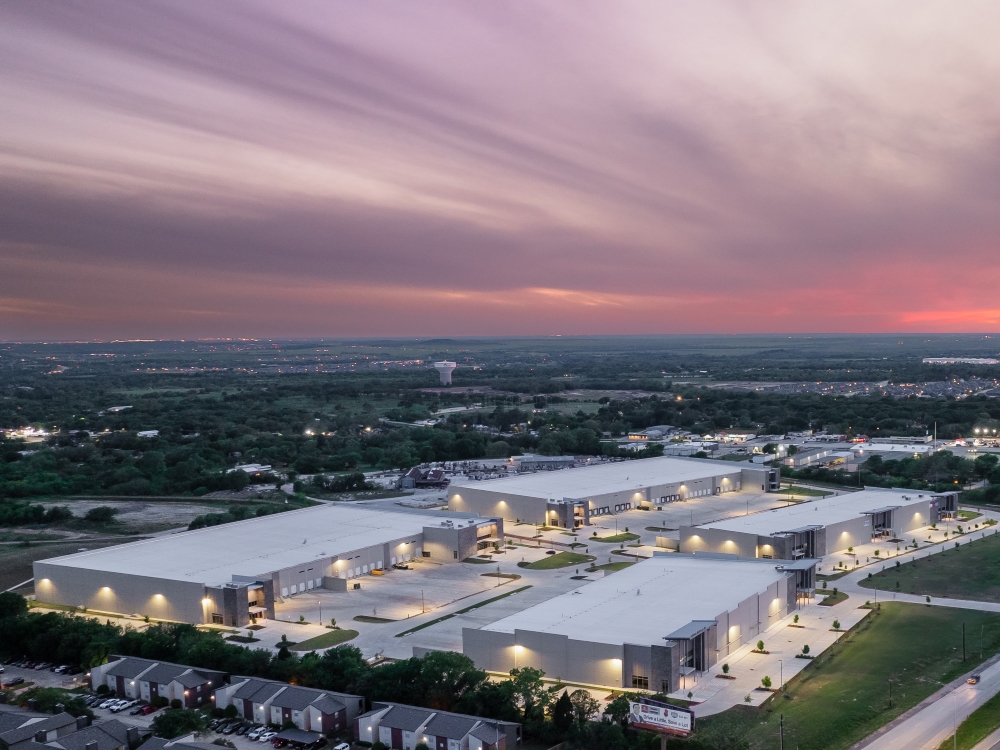

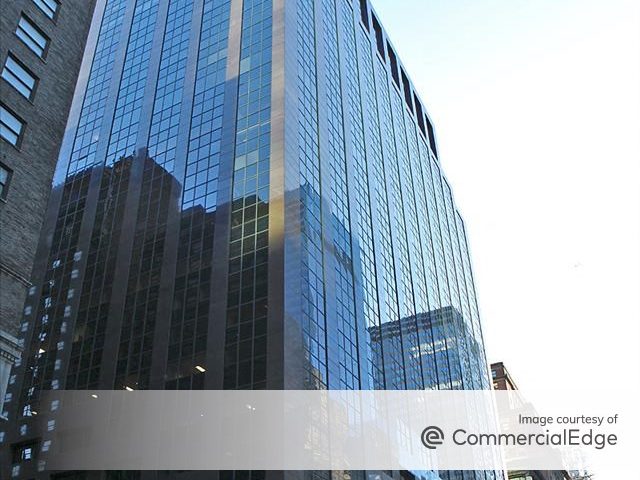
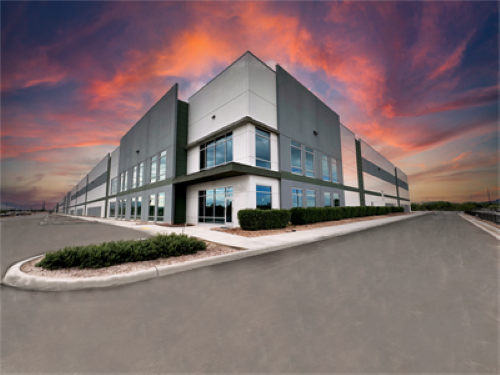
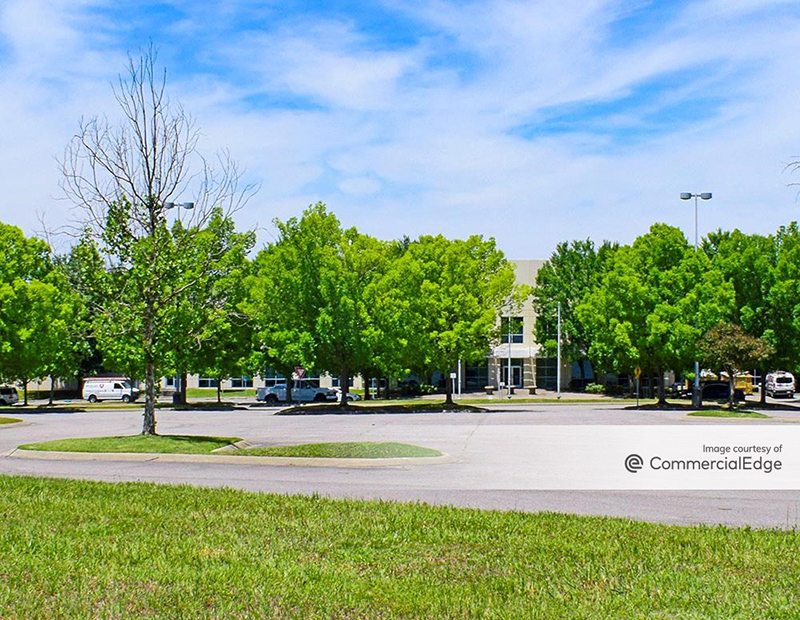
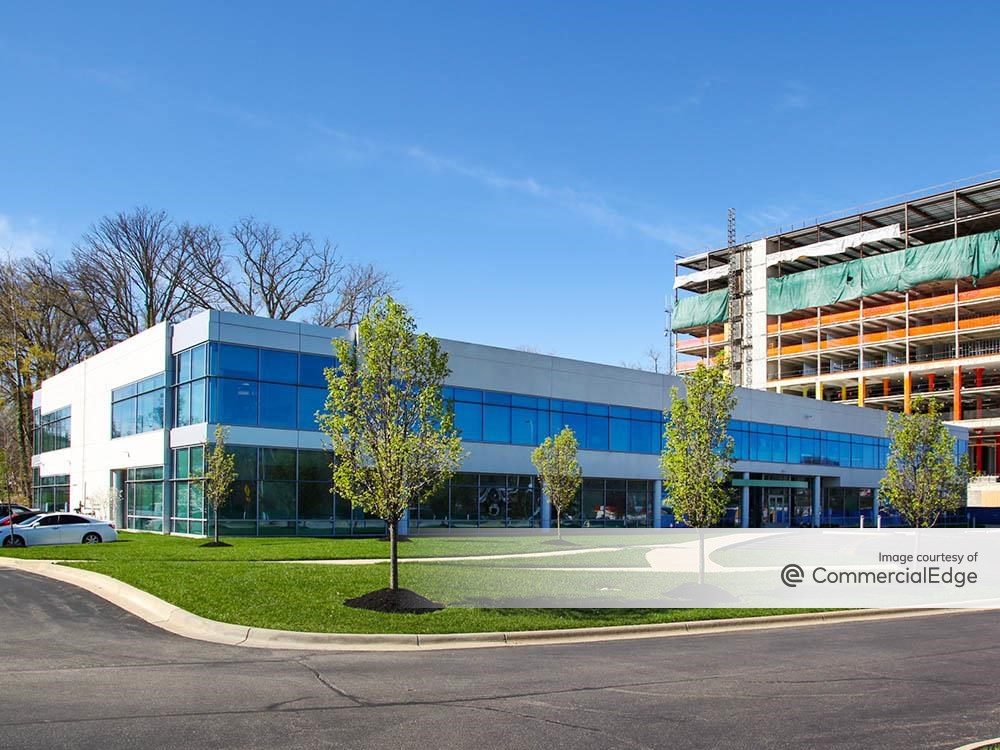
You must be logged in to post a comment.